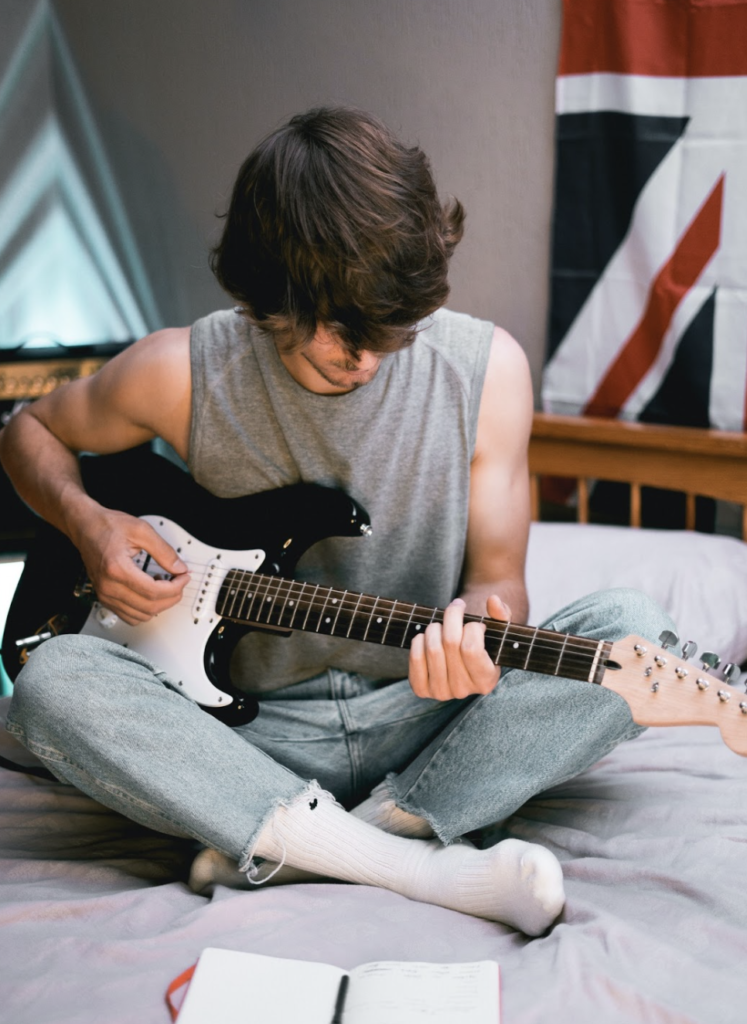
How to Foster Creativity in Youth During COVID
As educators were exploring and discovering the “new normal” for emergency virtual instruction, parents and guardians were at home trying to support learners. It is easy to imagine that if educators trained in curriculum, instruction, assessment, and technology were finding it challenging, imagine what parents were thinking with possibly multiple young learners.
Many creative educators were developing resources and support for parents struggling at home. Below are a few valuable tips to empower adults at home who are new to facilitating learning and offering academic guidance.

Anything Can Be Art
Because it’s not always possible to have varied art materials on hand, tell children that anything can be used to create. Some examples include:
- Drawing tools like crayons, markers, or chalk
- Paper/alternative surfaces like the sidewalk or cardboard
- Objects to create sculptures (think of fort-building for familiar inspiration)
- Camera, both for photography and to document their progress
Ask Open-Ended Questions
Facilitating creativity, if unaccustomed to exploring it, can be done through discussion. Parents can ask their students about the process and their thoughts along the way. Conversation encourages reflection and further growth. Here are a few examples of questions to ask:
- What was your inspiration?
- Is there anything you would change if you attempted this piece again?
- What are your favorite and least favorite parts of the work?
- What do you call this piece of art?
Be Facilitators, Not Managers
Children often have a natural curiosity for exploring new things and an imagination that one does not find in adults. Their curious nature leads to play, creative expression, and discovery. To facilitate these healthy behaviors, parents can encourage creative investigation through:
- Provide open-ended, broad ideas and inspiration that allows for individual solutions.
- Avoid predetermined ideas of what the art product outcome should be.
- Allow for productive struggle as the child works through problems and mistakes.
Provide Space to Create

While some families may not have the right space for a designated art studio, find a nook where children can freely express themselves. Here are some considerations for that space:
- Is your child prepared to maintain, organize, and clean the space?
- Can your child make a mess without stress?
Display Creations
Recognition of even the smallest amount of creativity matters. Here are a few questions to keep in mind when choosing where to display your child’s art pieces:
- Where in your home is a visible place to display homemade creations?
- Does your child value the location? Does the entire family?
- Is the space free from potential damage by siblings or pets?



